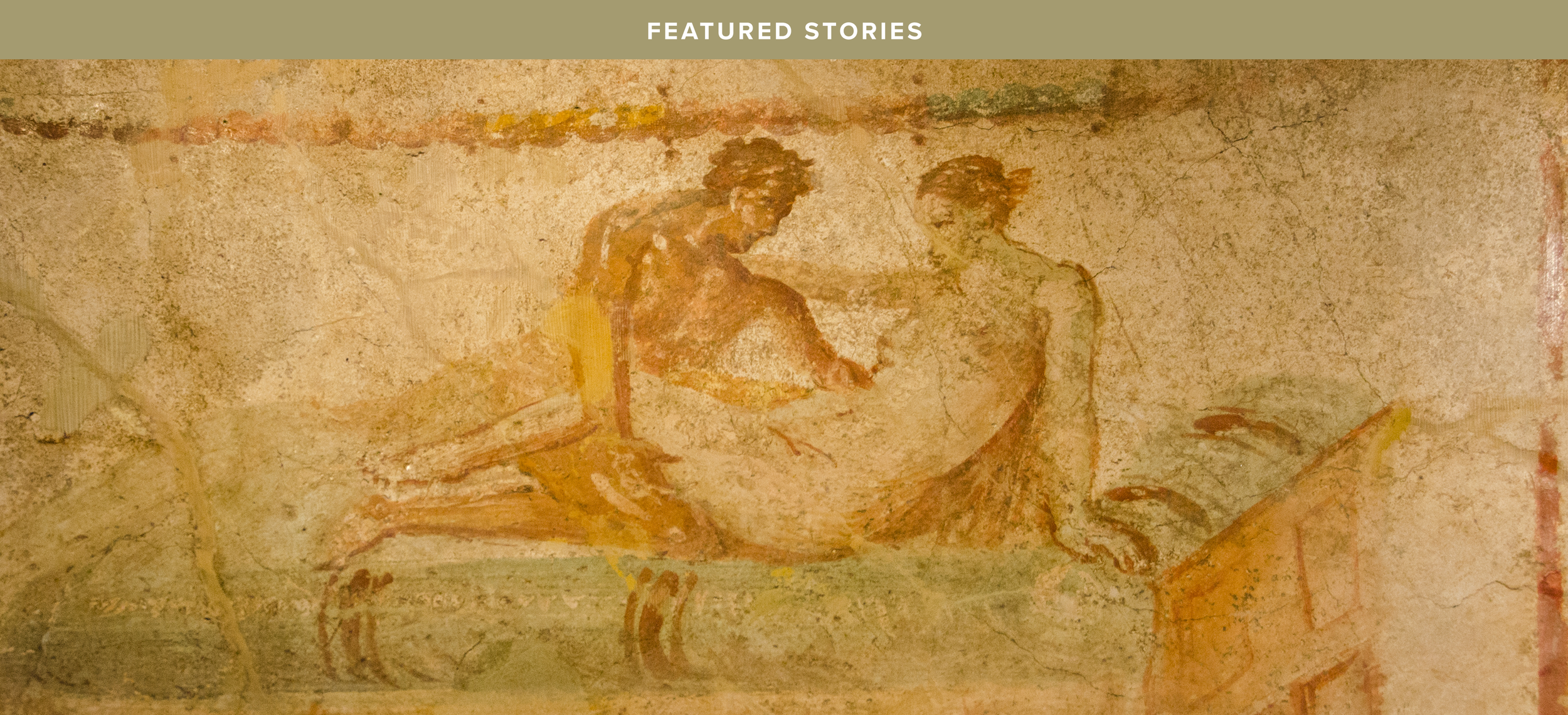Fairy Tales Can Come True
“Fairy Tales Can Come True, It Could Happen to You, If You’re Young at Heart.” These opening words to Young at Heart (music by Johnny Richards, lyrics by Carolyn Leigh) was a mega-hit in 1953. Frank Sinatra was the first of many to record it and it was a million-selling hit that year. No doubt its huge success, which has continued long after 1953, is owed to the fact that there is something real about fairy tales and it is important to grownups never to lose the special wonder that children experience. William Wordsworth spoke of how “heaven lies about us in our infancy” where everything seems to be “appareled in celestial light”. We tend to lose that vision as we age, being drawn into a world of dull practicalities. Baudelaire was right when he said that “Genius is the rediscovery of childhood” and so, too, was André Maurois in stating that “To become a poet is to remain a child”.
G. K. Chesterton remarked that fairy tales echo in the child “an almost pre-natal leap of interest and amazement.” The world and everything in it is, as St. Augustine has stated, miraculous. How does a tiny dot of matter grow into a human organism of several trillion highly organized cells? The laws of biology tell us that it happens but its cold scientific language omits its miraculous occurrence. Fairy tales put the mystery back into life and speak to children not of the logic of laws, but of the magic of life. How does the hen’s egg turn into a chicken? How does the apple tree spout beautiful and delicious apples that nourish the human body? How does the sun continue to rise and set on a regular daily basis?
“The only words that ever satisfied me,” wrote G. K. Chesterton in his Orthodoxy, “Are the terms used in fairy books, ‘charm’, ‘spell,’ ‘enchantment’.” “I left fairy stories lying on the floor of the nursery”, he added, “and I have not found any books so sensible since”. In Shakespeare’s play, As You Like It, one finds while in the Forest of Arden, “tongues in trees, books in the running brooks, sermons in stone, and good in everything”. Nature is a land of enchantment, brimming with charm, and under the magic spell of an infinitely resourceful creator.
At the same time, fairy tales should provide models of virtue. Cinderella must be humble, punctual, grateful, and faithful. Every prince must be valiant and true. Ogres, wicked witches, negligent fathers and greedy kings are clearly not role models for children. Plato understood that virtue is more realistic than vice because it greatly assists a person in becoming a real person. He understood the importance of children’s literature as an aid in helping them to become more realistic and complete human beings. “Shall we just carelessly allow our children to hear any casual tales,” he asked, “which may be devised by casual persons, and to receive into their minds ideas for the most part the very opposite of those which we should wish them to have when they are grown up?” “Then,” as Plato went on to say, “will our youth dwell in a land of health, amid fair sights and sounds, and receive the good in everything; and beauty, the effluence of fair works, shall flow into the eye and ear, like a health-giving breeze from a purer region, and insensibly draw the soul from the earliest years into likeness and sympathy with the beauty of reason. There can be no nobler training than this.”
Educators have expressed serious concern in recent years about the kind of literature that has been made available in the lower grade schools. The traditional tales of inspiration that begin with “Once upon a time,” and conclude with “And they lived happily ever after” have been slowly and methodically replaced by stories that have a decidedly more ideological bent. The new wave of children’s books features stories about homosexual parents (Heather Has Two Mommies– pre-school to grade 3), domestic violence (Mommy and Daddy are Fighting - primary school to grade 4), broken families (Will Daddy ever Move Back Home? – Kindergarten to grade 6), relatives dying of AIDS (The Cootie Dragons – grade 4), and environmental pollution (Toxic Waste – grades 4-5).
Some educators have expressed the fear that these issues are a bit too weighty and depressing for a child’s tender sensibilities and discussing them with children would do more harm than good. Others, however, argue that the traditional approach is too naïve and unrealistic for children in today’s world, for such issues, grim as they are, cannot be hidden from them.
Given the vast array of seemingly unsolvable problems that beset the modern world, it is not surprising that idealism of any kind has been discouraged. Yet if education proceeds without a moral vision, a compelling image of the way things should be, all it can do is to help people adjust unhappily to an already unhappy world. We do need to take stock of our problems and face them with courage and hope. But we must be careful about what we put into the minds of young children. Traditional fables are stern enough in exposing the villain’s behavior as villainous; but they are inspirational enough to show that virtue is, in the last analysis, more real than iniquity and, if given half a chance, will prevail.
We do not want to pass on to the young an expression of our own weakness. We do not need to tell them all we know about what is wrong and nothing we can remember about what is right. Every child has the right to believe that one day he can be a hero. We are wise to foster and help him to fulfill that right.
Donald DeMarco is Professor Emeritus at St. Jerome’s University. His latest book is Apostles of the Culture of Life.







